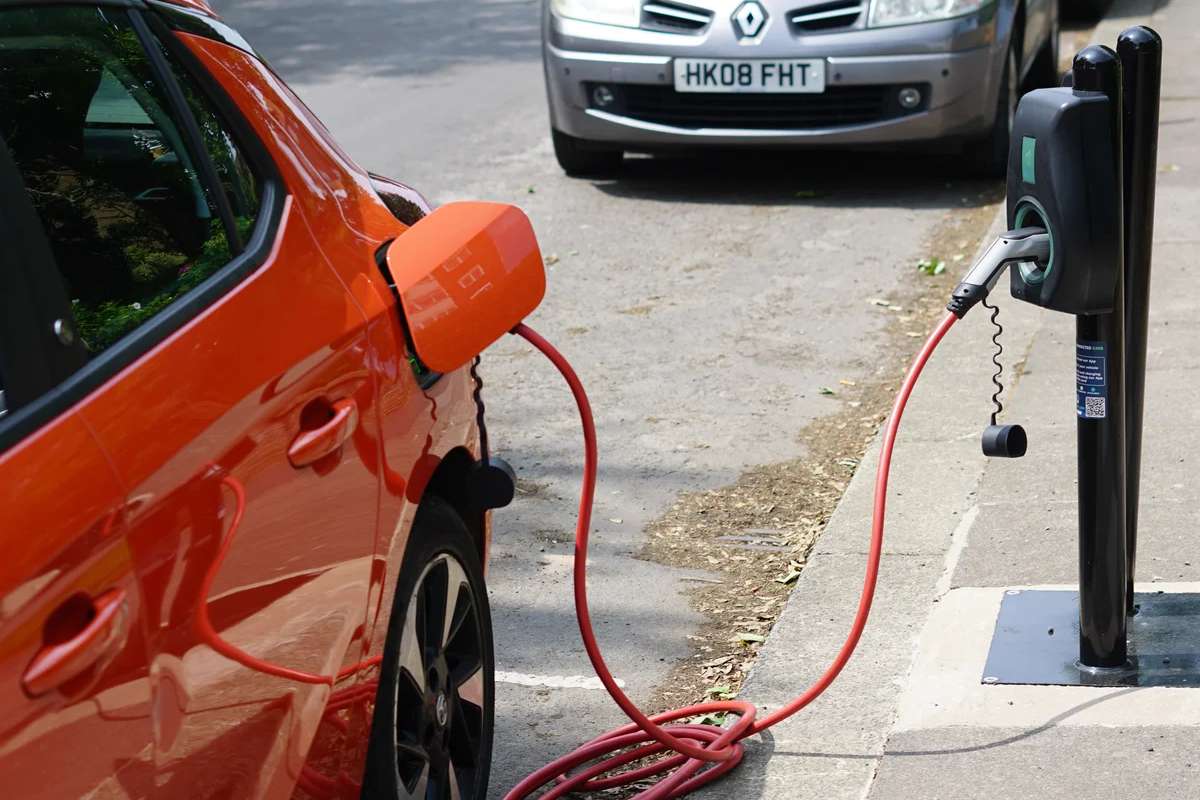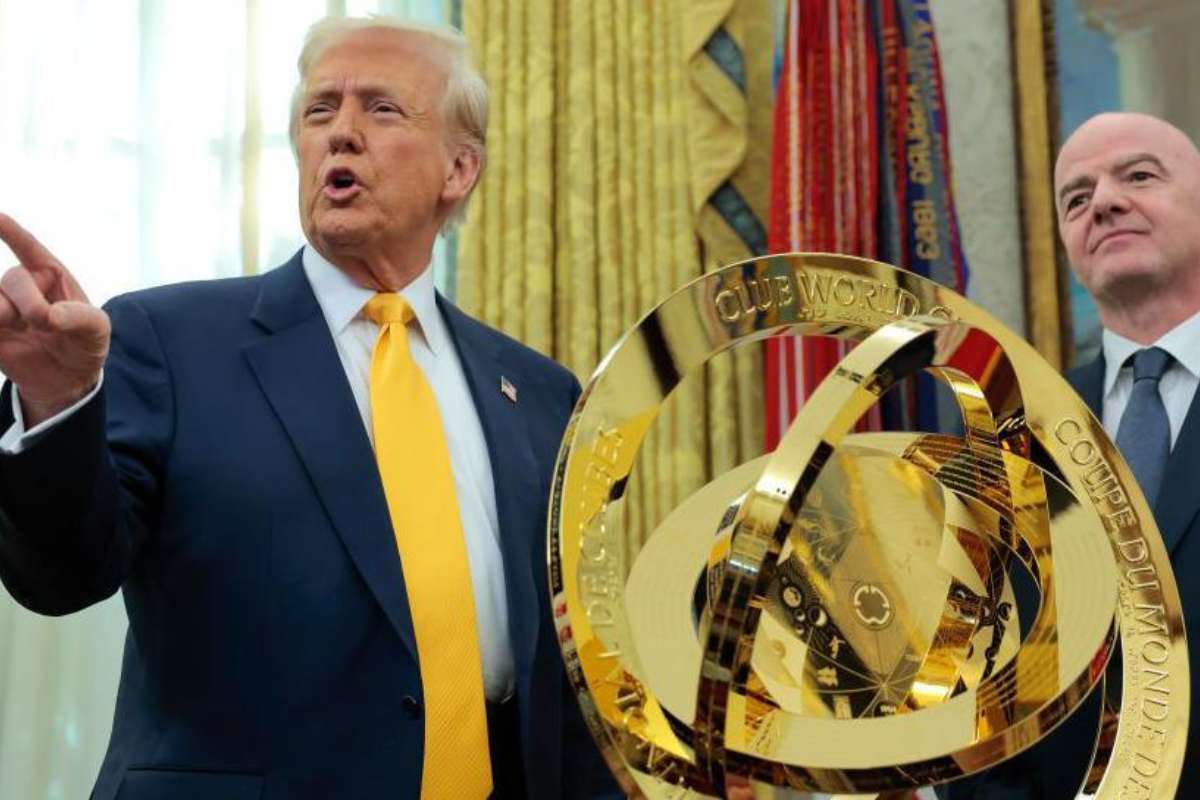The Commerce Department is poised to release its third-quarter gross domestic product (GDP) figures on Thursday, representing a comprehensive gauge of economic performance. These numbers are anticipated to reveal a remarkable surge in the US economy during the July-September period, even in the face of elevated interest rates, depleted pandemic-related savings, and persistent high inflation.
While economic growth is projected to persist, it is expected to do so at a more moderated pace. This possibility has sparked speculation about a year-end stock market rally.
This anticipation of continued, yet restrained, economic strength may influence the Federal Reserve’s decision to consider rate cuts in 2024. The pressure of robust demand outpacing supply remains a factor potentially contributing to upward pressure on prices, but the precise timing of rate cuts hinges on the trajectory of inflation.
Inflation Concerns:
Federal Reserve Chair Jerome Powell has indicated that the central bank requires “below-trend growth” to ensure that inflation aligns with the Fed’s 2% target.
Gregory Daco, Chief Economist at EY-Parthenon, noted, “The US economy continued to show remarkable resilience over the summer with surprisingly robust job growth and an unexpected consumer spending spree that likely propelled real GDP growth above 5% annualized in (the third quarter). While these signs of economic strength will fuel speculations that the economy is re-accelerating, we do not expect such strong momentum will be sustained.”
The Federal Reserve traditionally reduces interest rates during periods of substantial unemployment or persistent low inflation. If inflation remains under control, there is no incentive for the central bank to restrain the economy with high-interest rates.
Daco anticipates rate cuts to begin by mid-next year. The primary strategy to combat inflation is to curb demand through interest rate hikes, making borrowing for major purchases less affordable, thereby prompting consumers to curtail their spending. The US central bank has raised interest rates 11 times since March 2022, reaching their highest level in over two decades.
US Economy
Notwithstanding these challenges, the US economy displayed remarkable resilience in the third quarter. With an average addition of about 260,000 jobs per month this year, totaling over 2 million jobs since January, a robust job market has resulted in increased consumer spending.
However, several economic hurdles persist for Americans, including surging Treasury yields, stringent lending standards, the resumption of student-loan repayments, and the depletion of pandemic-related savings.
Furthermore, the US economy contends with two foreign conflicts, substantial federal debt, a stagnant housing market, and critically low oil inventory. These concerns are compounded by geopolitical tensions in the Middle East, which could precipitate a spike in oil prices. Nevertheless, many economists maintain an optimistic outlook regarding the economy’s resilience.
Diane Swonk, Chief Economist at KPMG, noted that the rise in bond yields and the lag in credit tightening could pose challenges in 2024, potentially slowing the economy. However, she also expressed confidence that these headwinds are unlikely to fully derail economic progress.








